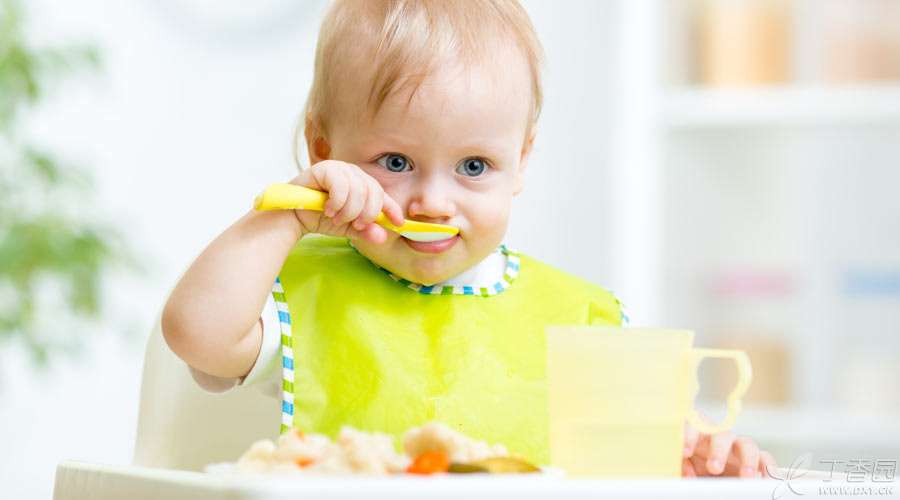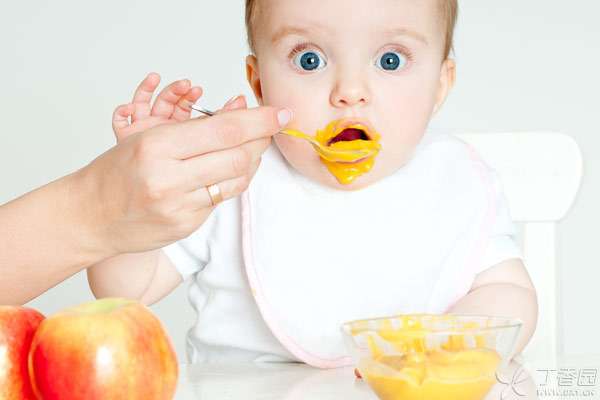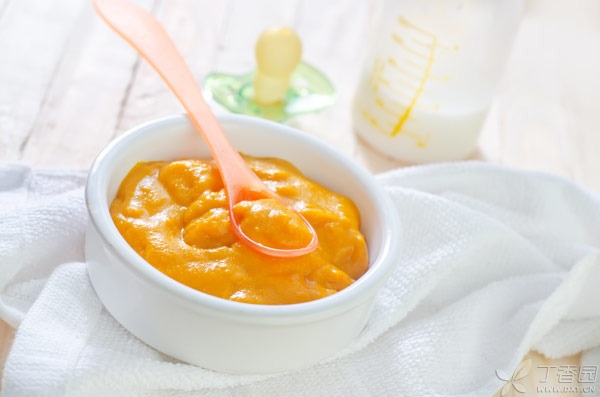
Is it appropriate for babies to start adding supplementary foods in what?
WHO recommends:
- Healthy full-term babies: 6 months is the best time to introduce supplementary food; Some fast-growing babies: supplementary foods can be introduced slightly in advance, but not earlier than 4 months or not later than 8 months.
Therefore, for the average baby, it is best to breast-feed before 6 months. Those who cannot be exclusively breast-fed can be mixed or artificially fed, but supplementary foods are recommended for 6 months.
Does what pay attention to the order of adding supplementary foods?
Principle of Adding Supplementary Foods
1. Priority should be given to the introduction of iron-containing supplementary foods.
According to the latest Australian baby feeding proposal, babies after 6 months old should give priority to iron-rich mushy food.
This includes iron-fortified cereals (rice flour), meat paste, fish paste, tofu, etc. Of course, the baby’s first bite of supplementary food may not be iron-fortified rice flour or meat paste, but the initial supplementary food needs to be rich in iron.
Subsequently, try to introduce rhizome and melon and bean vegetable puree (such as pumpkin puree and carrot puree) and fruit puree (such as cooked banana puree and apple puree).
2. One by one
Each kind of supplementary food needs to be tried many times, even 10 ~ 15 times before the baby can accept it, which requires parents to have enough patience and let the baby have enough time to learn to accept new food.
3. Increasing the variety step by step
If babies over 6 months old start to add pasty supplementary foods, babies between 7 and 9 months old can not only eat pasty foods, but also try to eat minced foods, such as rotten noodles, minced vegetables, minced fruits, egg yolks, minced meat, minced fish, bean products, etc.
Babies aged 10-12 months can eat minced food: minced steamed bread, soft rice, minced meat, wonton and fruit pieces (strips).
After December, the baby can slowly transition to the adult diet pattern. Those who can breastfeed can continue to breastfeed, while those who cannot breastfeed should have a certain amount of milk to meet the needs of children for high nutrition.
What’s the harm of the wrong timing?
Adding supplementary foods prematurely:
Some parents started to add supplementary foods such as rice soup, rice flour or egg yolk to their children 4 months ago, which is inappropriate.
At this time, the baby’s digestive system development is not perfect, such as saliva amylase secretion is not active enough. Adding starch foods may lead to diarrhea due to dyspepsia and even affect the baby’s development.
Add supplementary foods too late:
On the one hand, milk alone cannot meet the baby’s nutritional needs; On the other hand, it may miss the [window period] for adding supplementary foods, resulting in difficulties in adding supplementary foods and feeding. Some children cannot accept supplementary foods for a long time, while others suffer from severe anemia or developmental backwardness due to the late addition of supplementary foods.
However, if the weather is too hot, too cold or sick, it is recommended to postpone the addition.

Parents’ Frequently Asked Questions
Q: Why should we give priority to the introduction of iron-rich supplementary foods in time?
A: According to < Report on Nutrition Development of Children Aged 0-6 in China > >, in 2010, the anemia rate of babies aged 6-12 months was the highest, and the anemia rate of rural children was as high as 28.2%, mainly due to improper introduction of supplementary foods.
After 6 months of age, the iron stored in the body is exhausted at birth. Failure to obtain enough iron from food may lead to iron deficiency or iron deficiency anemia.
Q: When did what start adding egg yolk?
A: No matter < < Dietary Guidelines for Chinese Residents > >, or in foreign guidelines, it is generally not recommended that egg yolk is the first choice for supplementary food for infants. On the one hand, egg yolk does not contain high iron content, which is iron phosphate and has low absorption rate.
Egg yolk is not the first choice of supplementary food, but it does not mean that egg yolk cannot be eaten by the baby. After all, the nutrition of egg yolk is relatively rich. After the baby accepts the supplementary food rich in iron, he can try egg yolk.
Some parents worry that egg yolk will be allergic. In fact, for the vast majority of children, egg yolk is not a problem. However, for a few children with allergic constitution, etc., they may be allergic. Once allergy is confirmed, please avoid at least 3 months before trying again.
Q: When did what start eating salt?
A: According to the recommendation of < < Guidelines for Chinese Dietary Residents (2007) > >, babies under 1 year old should not eat salt, and they should also eat as little salt as possible after 1 year old.
Some parents will ask: If you don’t give your children salt, how tasteless is that?
In fact, children’s ability to accept original food may exceed your imagination. Once they eat salty food, they may remember deeply and begin to fall in love with salty food. They are easy to get used to [heavy taste] and develop the bad habit of picky eating, which will also increase the baby’s kidney burden.
Q: Do you want to drink fruit juice or eat fruit puree directly?
A: < < Guidelines for Chinese Dietary Residents (2007) > > The advice on infant feeding mentions that fruit juice can be added.
However, according to Australia’s latest recommendations on infant feeding, infants under the age of 1 are not recommended to drink fruit juice. Adding supplementary foods is recommended to start with fruit puree. Diluted fruit juice should also be restricted after the age of 1.
Juice is different from puree. After fruit is squeezed into juice, vitamins and dietary fiber will be lost, nutritional value will be reduced, and health risks including obesity may be brought about. In addition, children who are accustomed to drinking fruit juice may not be interested in plain boiled water.
Q: What if the baby has diarrhea after adding supplementary food?
A: Some babies are prone to diarrhea when adding vegetables, meat, rice noodles, etc. At this time, it is recommended to suspend the addition of supplementary foods and add them again after the baby is well.

Preparation Methods of Common Supplementary Foods
Step 1 Meat Mud
The meat given to the baby first should be easy to cook and digest, such as pork, chicken, fish, etc.
Making method:
Cook or steam the pork. In order to make the meat worse, you can use a pressure cooker.
Take a proper amount of cooked meat and put it into a cooking machine to break it.
Take out the meat paste and add a small amount of warm water to make it into paste.
2. Vegetable puree
- The first dish for the baby is preferably melons that are easy to cook and contain certain starch, such as pumpkins and potatoes. Followed by other vegetables, such as tender green vegetable leaves and spinach leaves.
Preparation method (pumpkin mud):
Cook or steam pumpkins until they are cooked or steamed until they are cooked.
Take a proper amount of pumpkin and put it into the cooking machine to break it, or crush it with a spoon, etc.
A small amount of warm water can be added to make it into mud paste.
3. Fruit puree
- At first, you can choose those that are easy to make mud and digest and absorb, such as bananas and apples, and then try other fruits. At first, it is best to heat the supplementary food for the baby, which is beneficial to the digestion and absorption of the baby. Although the heating process will destroy some fruit nutrition, it doesn’t matter, and the baby can eat fruit puree directly after accepting it. If it is cold, it is better to warm the fruit puree or the microwave oven.
Preparation method (banana puree):
Peel a proper amount of bananas (you can steam them first) and mash them in a bowl or in a cooking machine.
Mix a small amount of warm water into mud paste, or feed it directly without adding water, depending on the baby’s acceptance ability.
